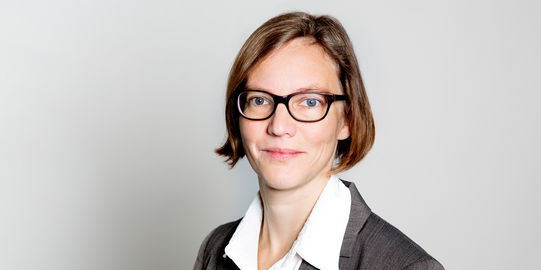PIRLS 2021 - Progress In Reading Literacy Study
The Progress in International Reading Literacy Study 2021 (PIRLS 2021) is a school performance study that examines the reading competence of 4th grade students in an international comparison. The focus here is not on the individual performance of each student, but on the performance of educational systems in an international comparison. PIRLS 2021 thus offers important insights and is part of the overall strategy of the Standing Conference of the Ministers of Education and Cultural Affairs (KMK) on educational monitoring.
Funding
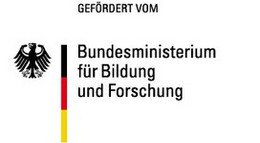
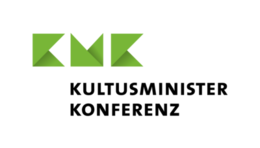
Project description
The international comparative school performance study PIRLS 2021 examines the reading competence of students at the end of the fourth grade in Germany on the basis of representative data. The international focus of the project enables the reading performance of fourth graders in Germany to be compared with that in other countries and regions of the world.
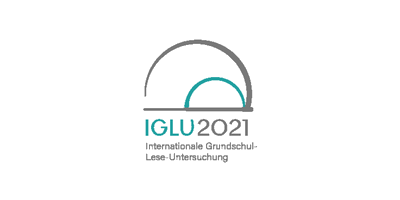
PIRLS is a central element of education monitoring in Germany and will take place for the fifth time in 2021. The survey enables statements to be made about trends in the school system. The PIRLS study focuses on reading literacy. Moreover, key characteristics of students (e.g., reading motivation), their teaching (e.g., reading instruction strategies), their schools (e.g., full- or half-day school), and their families (e.g., family preschool reading promotion) are considered and correlations to reading literacy are analyzed.
PIRLS is conducted every five years. Around 60 countries and regions worldwide are taking part in the current cycle. In Germany, 4.611 fourth graders at 252 elementary and special schools in all 16 German states take part in the main survey in spring 2021. Besides the testing and surveying of the students, information from their teachers and school administrators as well as their parents are collected by means of questionnaires. The extensive survey provides important background information. For the first time, reading literacy is measured digitally in PIRLS 2021 in Germany. For this purpose, students complete reading tasks on laptops. This innovation also makes it possible to gain insights into the effects of digitization on learning, particularly in the area of reading during the primary school years. A subsample is working on the reading tests paper-based to be able to control for possible effects of the mode change. In addition, some of the schools that already participated in PIRLS 2016 participate again in PIRLS 2021, which will provide the first opportunity to analyze developments at the school level in connection with students' reading competence more deeply.
Lead researcher at IFS
Project management
- PD Dr. Ramona Lorenz
Project team
- Laura Anna Becher
- Dr. Ruben Kleinkorres
- Dr. Ulrich Ludewig
- Dr. Rahim Schaufelberger
External project partners
- Prof. Dr. Andreas Frey (Goethe University Frankfurt am Main)
- Prof. Dr. Frank Goldhammer (Leibniz Institute for Research and Information in Education)
- Prof. Dr. Anita Schilcher (University Regensburg)
- Prof. Dr. Tobias Stubbe (Georg-August-University Göttingen)


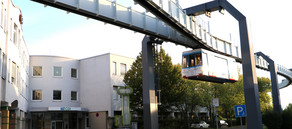



![[Translate to English:] [Translate to English:]](/storages/ifs-ep/_processed_/7/e/csm_Headerbild_IGLU_c2c8e939e3.png)
